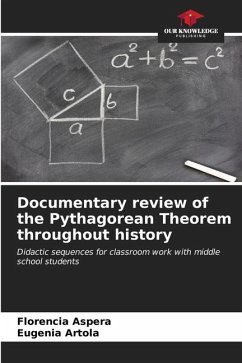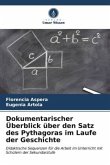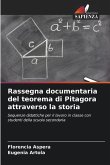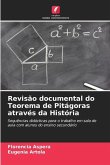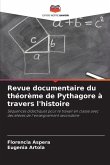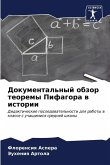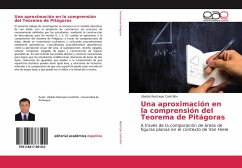Geometry has two great treasures: one is the theorem of Pythagoras; the other is the division of a line into an extreme and an average proportion. We may compare the first to a measure of gold; the second we may call a precious jewel. Jonannes Kepler (1596)The Pythagorean theorem, as Kepler (1596) says, is one of the greatest treasures of Geometry, it states that "in every right triangle the measure of the hypotenuse squared is equal to the sum of the measures of the squares of the legs". Anyone who has attended high school has been in contact with this theorem, whether they remember it or not. The general objective of this work is to analyze the proofs and demonstrations of the Pythagorean Theorem throughout the History of Mathematics, with the purpose of creating didactic sequences for its teaching at the Middle Level.

